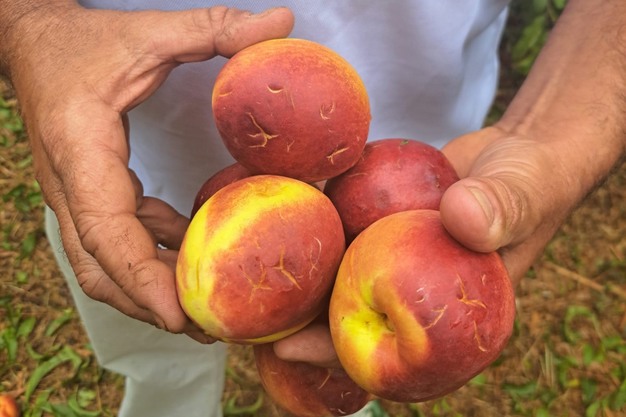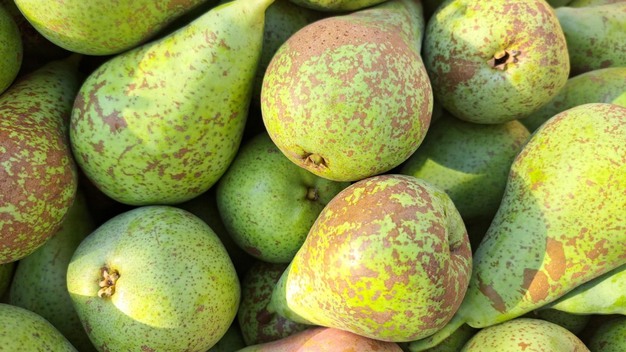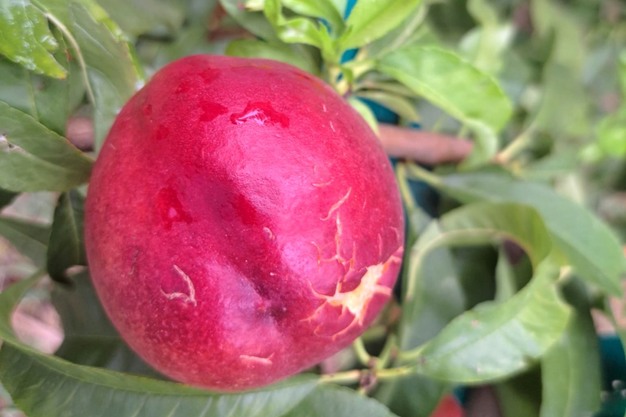The hailstorm along the Segre River on August 13 affected important stone fruit-producing areas in Lleida such as Aitona and Seròs, and top fruit areas, such as Albatàrrec and Puigverd de Lleida, causing damage in nearly 750 hectares in the south of the province, according to Asaja Lleida.

"The storm's strongest intensity only lasted about 20 minutes, but it destroyed everything in its path," stated Pere Roqué. "Only 20 to 30% of the stone fruit had not been harvested when the storm hit. However, since the fruit's already ripe and has very high sugar levels, the hail left a mark on all the fruit it hit, so it can't be marketed."
"The damage in the affected area was variable but substantial. For example, 40 to 50% of the fruit in Aitona was damaged, but some producers have reported losses of up to 80-100% of the fruit that remained in the trees. The storm affected 100% of the stone fruit in Albatàrrec because it discharged more hail as it progressed."
"Producers had already started harvesting top fruit. In Albatàrrec, for example, they were harvesting Conference pears, and at Puigverd de Lleida red apples. The diameter of the hail reached several centimeters, about as large as a euro coin, and affected up to 70-80% of the fruit on the trees, as has happened in the Puigverd area."

"The increase in hailstorms is a sign of climate change"
This is the eighth hailstorm there's been in Lleida this year. "We've always had some summer storms, but we never had the number of storms that there have been in recent years," Pere stated. "It used to rain in mid-July or early August, but now, on average, we have 10 to 12 storms from May to almost the end of September. This change in magnitude showcases how climate has changed in recent decades."
The compensation paid by Agroseguro confirms the serious effects of the current climate reality, as pointed out by the insurer. In 2023, compensation at the national level reached a new historical maximum. Hailstorms were the second-largest event causing damage, only behind the ongoing drought.

"This winter, we'll work with the national climate entities to analyse the frequencies of these storms and the impact they are causing on food production so that we can implement the appropriate solutions to this new reality. We must remember that this fruit is sent to markets that are waiting for it and that the companies want to retain these markets."
"The only effective solution we can currently implement is installing anti-hail mesh. There's up to 40% financing, but it's still a very high investment for producers."
"The cost of the anti-hail meshes ranges from 18,000 euros per hectare to 35,000 euros. In addition, the farms have to be modified to be able to install the structures. The average area of a fruit farm in Lleida is about 10 hectares. That means each farmer has to invest almost 200,000 euros to protect their production from the increasingly frequent and strong hailstorms."
For more information:
Asaja Lleida
@asajalleida
@pereroqueoro
